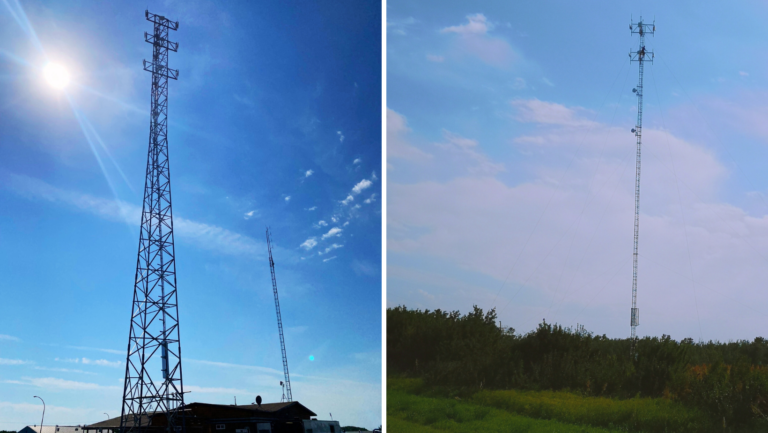Basic Critical Infrastructure for the 21st Century
Verona Thibault
There have been four significant infrastructure builds in recent history:
The railway which connected our country in 1881. The Canadian Pacific Railway was an expensive undertaking and a major accomplishment. It had profound impact (the country was colonized via the train) and to this day, it continues to have significant economic impact on Canada as a whole. But it should be noted that communities that did not have ready access to the railway died. Entire communities packed up and moved to where they could get rail access.
Electrification followed. Sixty years after the railway, electricity was quickly becoming a socio-economic mainstay of Canadian life. Like the railway, it was an expensive undertaking but rural electrification in the 1950’s/1960’s connected all residents of Saskatchewan, another major accomplishment and again, one with a profound impact on the growth and well-being of communities, farms, First Nations and industry. On our quality of life. Today, it is almost unfathomable to think of life without electricity.
Telecommunications infrastructure was slowly expanding and connecting Canadians around the same time as the electrical build out. Rural areas had lesser service due to the significant costs involved to expand to a limited few (remember party lines). A 6400km interconnected microwave network was completed in 1958 (the longest in the world) to facilitate cross country communications. This also supported transmission of TV signals. Eventually the build outs continued and the majority of Canadians – urban and rural – had access to the same level of service (a CRTC basic service).
Broadband internet followed and we are now in the information age. There are 4.5 Billion internet users today, $1MILLION is spent online EVERY MINUTE. The internet has become the new socio-economic mainstay of Canadian life.
For many of us, it seems unfathomable to think of life without a broadband connection to the internet. But for some, it is not within their reach. The difference between those that have high speed broadband and those that don’t is known as the digital divide. The divide is growing rapidly, not only with residents within the province, but also with other jurisdictions who we compete with for economic well-being.
Think about this ‘base minimum standard of broadband internet speed’ with reference to the ‘electrification’ example noted above. Imagine having to turn off a light or a water pump so you could use the toaster because you had limited electrical capacity. That is obviously not acceptable for rural/remote electrical users, and the same thinking to accept a ‘base minimum’ approach to broadband internet should also not be acceptable. The socio-economic impacts from that approach continue to contribute to the digital divide, not solve it.
The Agricultural Producers Association of Saskatchewan published a report in June (2020) titled “Out of Range: Internet and Cell Service in Rural Saskatchewan.” Their conclusion is that ‘Reducing the digital divide will facilitate the growth of rural Saskatchewan, allowing for business diversification and market growth, and reducing opportunity loss. For Saskatchewan’s youth, overcoming this divide will allow them to pursue their education and contribute to their local community without moving or travelling extensively. Finally, making sure the system is both reliable and fast will improve health and safety in rural Saskatchewan.’
We are told that it is going to be expensive to bring our farms, our rural communities, our First Nations, our industries up to this minimum standard (a standard that is already dated). Yet, like the railway, like electricity, like the early telecommunications, high speed broadband is critical infrastructure. Without it, our communities will wither, our farms, businesses and industries will become uncompetitive or cease to exist. Can we afford not to tackle the challenge like we have done in the past?
And what of the lost opportunity cost, if we don’t give all citizens access to abundant broadband? Studies have shown that in Canada, we are just in the early stages of the information age.
High speed broadband internet for all communities, all businesses, all farms, all communities, all citizens is essential to the socio-economic growth and well being of our province. It is not going to be easy to accomplish. It will require us all to work collaboratively with community builders across the province, to leverage our people, to be innovative in our approach and policies, to be inclusive and be committed tour own success. It will require us to shape our own future.





